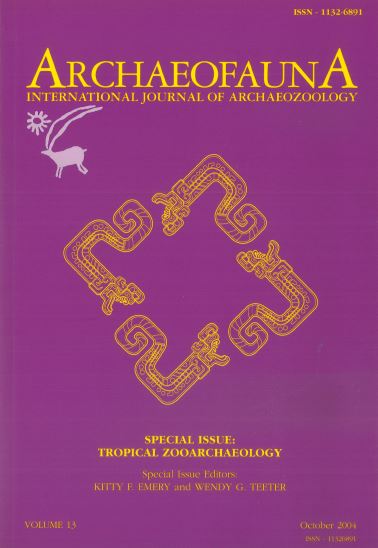Marine Resource Exploitation and Diversity in Kahikinui, Maui, Hawaii: Bringing Together Multiple Lines of Evidence to Interpret the Past
Keywords:
KAHIKINUI, HAWAII, ZOOARCHAEOLOGY, MARINE EXPLOITATION, ETHNOARCHAEOLOGYAbstract
This paper presents information from an ecological marine faunal survey conducted in the traditional district of Kahikinui, Maui, Hawaii. The survey documented coastal environments throughout the district and described the faunal diversity and abundance of vertebrates and invertebrates. These modern data are used as a comparative base for zooarchaeological data, and to identify areas that were potentially useful to Hawaiians for fishing and collecting in the past. Comparative analysis of zooarchaeological remains from Kahikinui demonstrates that considerable variability exists among social groups in regard to strategies of animal exploitation; elites had a specialized subsistence strategy while commoners maintained a more generalized strategy. Both groups targeted specific marine resources that are still available in Kahikinui. Elites located their largest coastal chiefly household and ritual complex in an area with great faunal diversity and abundance, and with a well-developed bay, providing easy access to the sea, while commoners lived in more marginal areas. Differences in consumption patterns between elites and commoners can be explored through an ecological framework and explained by combining multiple lines of evidence – modern ecological, ethnographic, and archeological. This paper focuses on the ecological survey and the use of ethnographic data to explain differences in subsistence patterns.

